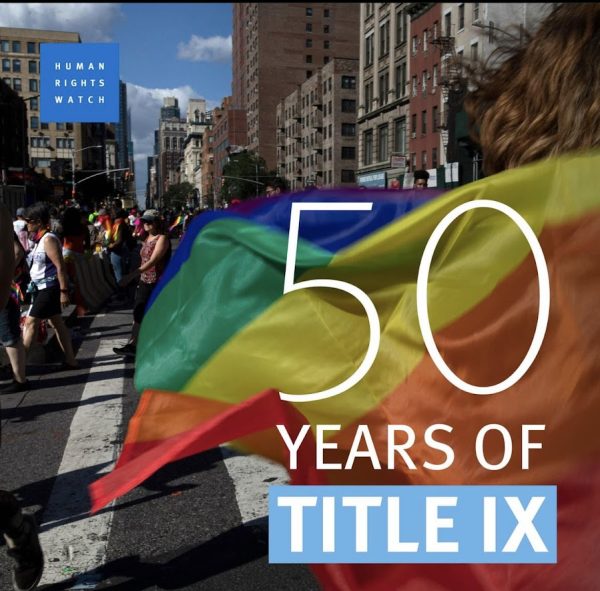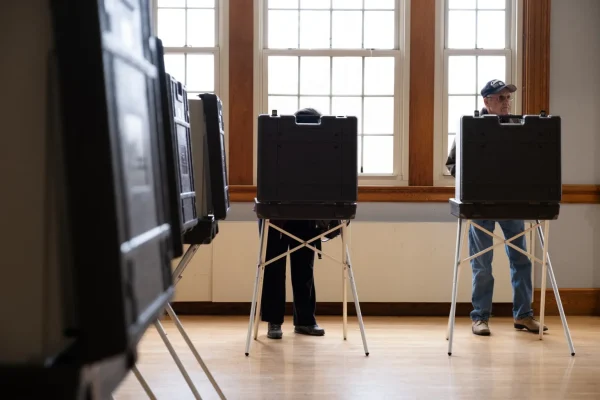What you need to know about President Biden’s student loan forgiveness plan
Photo courtesy of Unsplash/Tim Gouw
A student stresses while looking at their loans, Feb. 25, 2016
President Joseph Biden and his administration have recently rolled out a loan forgiveness plan to eliminate student loan debt for lower income families.
This three-part plan is designed to help working and middle class federal student loan borrowers transition back to regular payment as pandemic-related support expires.
Biden and his administration acknowledged that Pell Grants are significantly less in value in comparison to 50 years ago, further saying how he hoped to change how they benefit this country’s economy and education systems.
“Today, Pell Grants cover roughly 32%. That’s one third of the cost, as opposed to before. It matters,” Biden said at his Aug. 25 press conference.
95% of the borrowers – 43 million people – can benefit from this. Of those 43 million, over 60% are Pell Grant recipients. That’s 27 million people who will get $20,000 in debt relief.
The first step of the plan is extending the payment pause. The Biden-Harris administration previously extended the student loan repayment pause a number of times. However, no one with a federally held loan has had to pay a dollar in loan payments since Biden has taken office due to the COVID-19 pandemic.
The second step is providing targeted relief to borrowers. The U.S. Department of Education (DOE) will provide up to $20,000 in debt cancellation to Pell Grant recipients with loans held by the DOE, and “up to” $10,000 in debt cancellation to non-Pell Grant recipients. “Up to” means that someone $7,000 in debt and meeting the income threshold for $10,000, is eligible to receive $7,000 in relief.
Borrowers are eligible for this relief if their individual income is less than $125,000 or $250,000 for households. Nearly 8 million borrowers may be eligible to receive relief automatically because relevant income data is already available to the U.S. Department of Education.
An online application will open in early October. Once a borrower completes the application, they can expect debt cancellation within 4-6 weeks.
In terms of filing through the university, students are advised to complete an application by Nov. 15. Students have until the end of the year to file, due to the student loan payment pause being extended through Dec. 31, 2022.
The third and final step is to reconstruct the student loan system, making it more manageable for current and future borrowers.
Income-based repayment plans have long existed within the U.S. DOE. However, the Biden-Harris administration is proposing a rule to create a new income-driven repayment plan that will substantially reduce future monthly payments for lower and middle-income borrowers.
One major change includes the rate in which loans need to be repaid. With the proposed plan, no one will pay more than 5% of their discretionary monthly income to repay undergraduate loans. Biden claims that this plan will save more than $1,000 a year on average for a borrower, calling it an overall “game changer”.
The Biden-Harris administration is working to quickly implement further changes to student loans. Check back to this page for updates on progress. If you’d like to be the first to know, sign up for email updates from the U.S. Department of Education.





